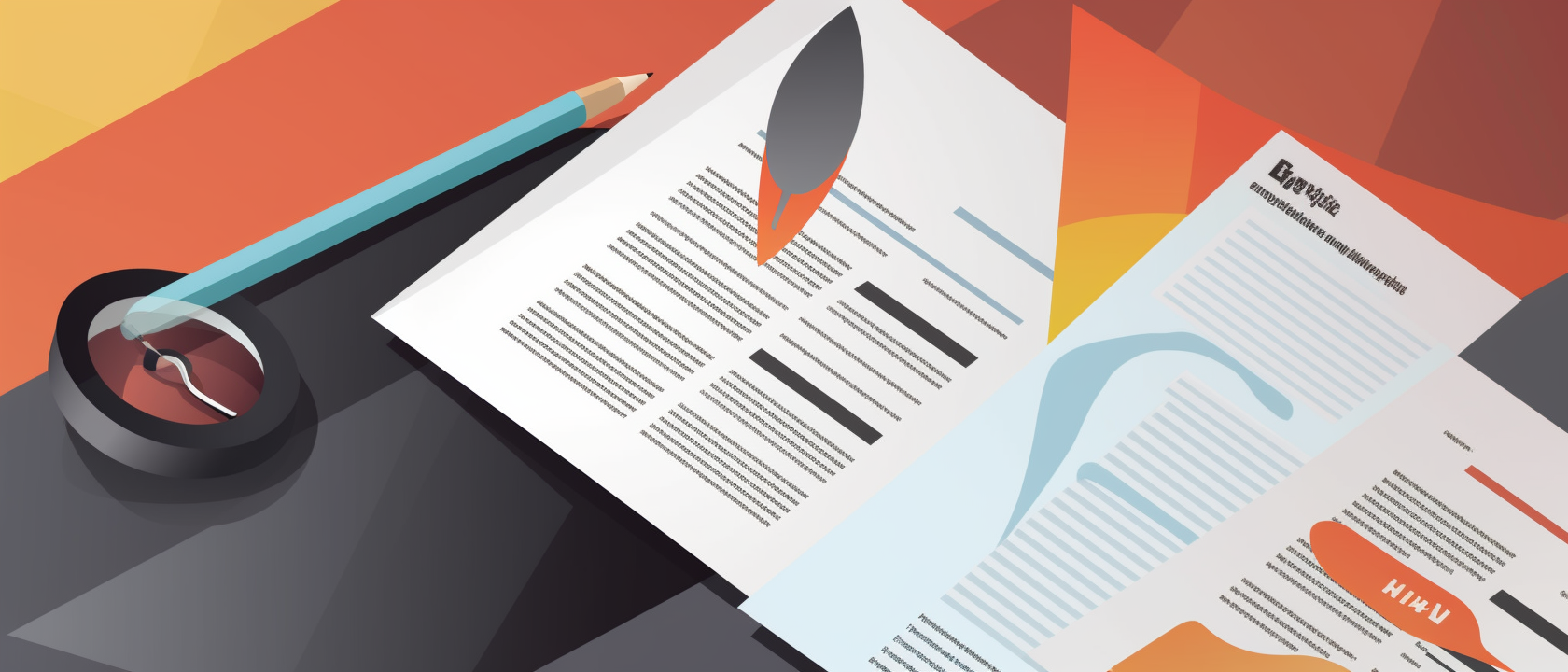
Table of Contents
- A credit score represents an assessment of how risky your borrowing behavior is
- Scores are based on the information in your credit reports and vary based on the report and model used
- Scores range between 300 and 850, and 660–670 is typically considered the threshold for a “good” score
- You can improve your credit score by practicing good borrowing habits
Credit scores are a measuring stick that creditors and others use to assess your creditworthiness. These three-digit numbers sum up your recent borrowing history, giving lenders a quick and simple way to assess the risk involved in approving you for a loan.
Your credit scores have a significant impact on your financial life, determining whether you’ll qualify for credit, how much you can borrow, the rates you’ll pay, and more. To put yourself in the best position when you apply for loans, it’s important to understand how credit scores work and what you can do to improve yours.
Credit Scores Defined
Lenders, landlords, insurance companies, and even employers rely on credit scores to evaluate applicants. When you apply for a loan, lease, insurance coverage, or similar financial obligation, the lender or company involved wants to predict how reliable you will be at handling this new obligation. Credit scores offer a simple metric for assessing your borrowing behavior.
These scores are based on the information in your credit reports, which are issued by the three credit bureaus: Equifax, Experian, and TransUnion. All three bureaus collect information about your existing credit accounts, payment history, delinquencies, and new loan applications, and they collate this in a report that lenders can pull when you apply for new credit. Because the information contained in your credit reports may vary, your credit scores may differ depending on which credit report a lender uses.
Scores also vary based on the scoring model used. While some creditors use their own proprietary models, most rely on FICO or VantageScore to assign you a credit score. These two models take the same information from your credit reports into account, but each gives certain criteria more weight than others. There are also different FICO score and VantageScore versions, leading to further variations in credit scores.
Monitor your credit with DollarGeek
It’s never been so simple.
Factors That Affect Your Credit Scores
Although FICO and VantageScore weigh criteria differently, there’s much similarity between the two models. The most important components of your credit fall into five key categories, regardless of the model and version you use.
Payment History
No matter which model your creditor uses, payment history has the greatest impact on your credit score, accounting for around 35% of your FICO score and 40% of your VantageScore. Lenders may report payments that are as little as 30 days late, and even one late payment can drop your scores significantly. This type of negative information — known as a derogatory mark — stays on your credit report for up to seven years.
Credit Balances
Account balances play a major role in determining your credit score. Although total balances have some effect in both models, the most important component is your credit utilization. This measures the percentage of the total credit limit you use on revolving accounts like credit cards and lines of credit.
For example, if you have three credit cards with a total limit of $30,000 and your total balance is $6,000, your credit utilization is 20%. Lenders like to see that number at or below 30%, and the lower it is, the more it can improve your score. In both models, balances and utilization account for around 30% of your score.
Age of Credit
Lenders want to understand not only your recent borrowing history but also long-standing patterns, so credit scores also consider the age of your credit. This typically includes the age of your oldest and newest accounts, along with the average age of all your accounts combined. The longer you have your accounts open, the better it is for your credit scores.
In a FICO scoring model, the age of your credit accounts for about 15% of your score. VantageScore, meanwhile, splits it into two categories called “depth of credit” and “recent credit,” which together account for about 25% to 30% of your score. These also relate to credit mix and new credit, which we’ll discuss below.
Credit Mix
There are two basic types of credit accounts: revolving credit and fixed-installment loans. Revolving accounts such as credit cards keep an open balance, which you can draw from and pay down each month. Fixed-installment accounts such as mortgages have an initial balance, which you pay down at the agreed-upon interest rate with a fixed monthly payment.
Lenders like to see that you can manage both types of accounts, so having a mix of credit cards with mortgages and auto loans is typically better for your credit scores than only having one or the other. In the FICO model, this accounts for around 10% of your score, while VantageScore lumps it together with credit age in the above-mentioned “depth of credit” category.
New Credit
Each time you apply for a loan or credit card — and in some cases a lease, insurance, or even utility service — the company can run a “hard inquiry” and pull a copy of your credit report from any or all of the three credit bureaus. These inquiries stay on your reports for two years.
In general, lenders see frequent credit applications as a red flag that you may be taking on too much debt, so having more hard inquiries in a short time will have a greater negative impact. However, scoring models do consider the fact that people tend to comparison shop for loans and credit cards. As a result, you’re usually safe to apply for multiple loans within a 45-day window without further damage to your credit scores.
These hard inquiries, along with your newest open accounts, together make up about 10% of your FICO score. In VantageScore, this falls under the “recent credit” category, which makes up between 5% and 10% of your score.
It’s important to note that “soft inquiries,” or credit checks that don’t formally pull your credit report, do not hurt your credit scores.
Understanding Credit Score Ranges
In most credit-scoring models, scores range from 300 to 850. Scores fall into the following categories within FICO and VantageScore models:
| FICO/VantageScore Rating | FICO Range | VantageScore Range |
|---|---|---|
| Exceptional/Excellent | 800-850 | 781-850 |
| Very Good/Good | 740-799 | 661-780 |
| Good/Fair | 670-739 | 601-660 |
| Fair/Poor | 580-669 | 500-600 |
| Poor/Very Poor | 300-579 | 300-499 |
Each of these steps up the credit score ladder represents greater borrowing power for you as a consumer. If you fall in the fair or poor range, for instance, you may only be able to qualify for secured credit cards or other loan products that require you to put money or collateral down up front. As you move up the ladder toward better credit scores, you expand not only your ability to qualify for more types of credit, but also your access to lower interest rates and longer payback periods.
How To Improve Your Credit Score
Credit scores change regularly based on the credit activity your creditors report to the bureaus. Over time, practicing good borrowing habits will improve your scores. As you add new and different types of accounts and build a credit history, you’ll gradually rack up positive points. Even when you’re not using older accounts, they can help increase the age of your credit and add to your credit mix.
In the short term. the most important things you can do to improve your scores are to pay your bills on time and keep your revolving credit balances under 30% of your total limit. Spreading out new loan applications will also help limit dips in your score.
It’s also crucial to review your credit reports regularly and report any errors to the credit bureaus. Removing incorrect derogatory marks can quickly improve your credit, and you can access a free credit report from each bureau every year at AnnualCreditReport.com.
Debunking Common Credit Score Myths
There are countless misconceptions about credit scores, and buying into these myths can throw off your quest for a better credit score. Here are a few common ones to avoid:
- Checking your own credit scores hurts your credit. Whether you’re pulling your report or using a monitoring service, you can check your credit as often as you want without any impact on your scores.
- Carrying a credit card balance month to month is good for your credit. It’s always best to pay your balance on time and in full — both in terms of your scores and the cost of interest.
- Closing old credit cards will help your score. Closing an old account will lower the average age of your credit, so it’s better to keep it open and not use it. This also improves your credit utilization.
- Higher income means higher scores. Lenders may check your income when you apply for a loan, but this is separate from your credit scores.
- Co-signing on a loan won’t affect your scores. As a co-signer, you’re considered responsible. If the primary account holder defaults, it will show up as a default on your credit report.
Your Credit Score Is In Your Hands
Credit scores are a major factor in the financial life of most consumers. If you plan to borrow money, rent an apartment, or take on any financial obligations, you may need a credit history and score to do it.
The good news is that you have a lot of control over your credit scores. By understanding the factors that shape your scores and learning to manage your credit responsibly, you can build a strong credit history and work toward an excellent credit score.
Frequently Asked Questions (FAQs)
How Often Is My Credit Score Updated?
Your scores change as the information in your reports changes. Creditors typically report to the bureaus once a month, but this varies by credit account. In most cases, you can expect your scores to update every four to six weeks.
Does Closing A Credit Card Affect My Credit Score?
Closing a credit card may hurt your credit score, as it lowers the average age of your credit and raises your credit utilization ratio. It’s usually better to keep the account open and stop using it.
How Long Does Negative Information Stay On My Credit Report?
Hard inquiries stay on your report for two years, while more serious derogatory marks such as late payments, collections, and bankruptcies stay on your report for seven to 10 years. If these items are accurate, there is nothing you can do to remove them early.
Can I Have A Good Credit Score With A Short Credit History?
It’s possible to build a fair or good credit score in a relatively short period by practicing excellent borrowing habits. However, it typically takes time to build an excellent score because you need to expand your credit mix, raise the age of your accounts, and pay your bills on time.
Find out more
- What is Credit Repair? – An in-depth look at the credit repair process.
- What is the Lowest Credit Score? – Learn about the implications of having a low credit score.
- Understanding Credit Repair Cost – Get informed about the expenses involved in credit repair.
- Removing Old Names and Addresses from Credit Report – Steps to update and correct your credit report.
- Soft vs Hard Credit Checks: What You Need to Know – Understanding the difference and impact of soft and hard credit inquiries.
- Tips for Comparing Credit Repair Companies – Advice on choosing the best credit repair company for your needs.
- What Affects Credit Score? – Delve into what really affects your credit score.
- What is a Good Credit Score? – A guide to understanding and achieving a strong credit score.










